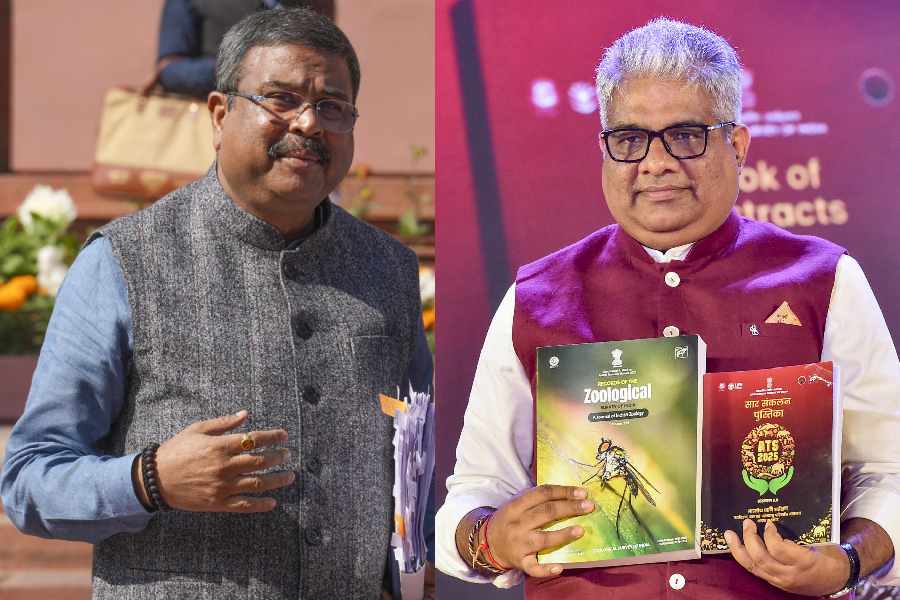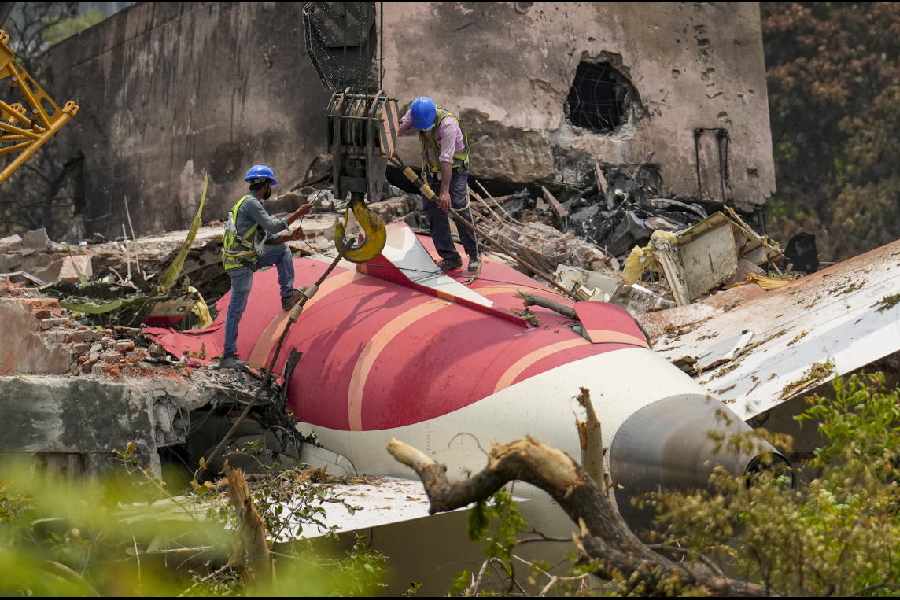 |
| Helping hand |
Guwahati, Aug. 23: Assam will help train an Indonesian NGO to map the habitats of the Javan and Sumatran rhinos, using geographic information and global positioning systems.
Yayasan Badak Indonesia (YABI), an Indonesian NGO, has invited Aaranyak, a bio-diversity conservation society, to assist their rhino protection units in Way Kambas National Park, Bukit Barisan Selatan National Park and Ujung Kulon National Park.
Aaranyak will assist the national parks on matters related to geographic information system and global positioning system.
The Indonesian NGO is dedicated to the conservation of the Javan rhino (Rhinoceros sondaicus) and Sumatran rhino (Dicerorhinus sumatrensis) through ex situ and in situ conservation programmes.
While in situ conservation refers to the process of protecting an endangered plant or animal species in its natural habitat, ex situ conservation means protecting an endangered species by placing it in a new location.
Aaranyak has selected Pranjit Kumar Sarma, the head of its Geo-spatial Technology and Application Programme, to train the Indonesian NGO staff.
The rhino protection unit will be trained to map and monitor rhino habitats.
Members of the rhino protection units and the NGO staff are likely to attend the training programme.
After the training, Sarma and a small team of the NGO will visit the three rhino-inhabited areas to make detailed maps.
“The Indonesian agencies have GIS facilities, but since Aaranyak has extensive mapping experience of rhino-inhabited areas in Assam, its help was sought,” Bibhab Kumar Talukdar, Asian rhino co-ordinator of the International Rhino Foundation, told The Telegraph.
Talukdar said the purpose of the mapping the areas was to assess the current vegetation cover and then compare it with earlier satellite images to compare the changes and ascertain whether the habitat changes are benefiting the rhinos or not.
Talukdar, also the Aaranyak secretary general, said this was possible through the active intervention of the NGO and collaboration among YABI, Indian Rhino Foundation, Aaranyak and Indonesian national parks.
The International Rhino Federation is also facilitating Sarma’s visit.
“The idea is to build local capacity to use GIS tools in day-to-day monitoring activities to build a strong database on the Javan and Sumatran rhinos,” Talukdar said.
The Javan rhino is the rarest of the rhino species with fewer than 50 animals surviving in only two known locations — one in Indonesia (37-44 animals) and the other in Vietnam (fewer than four animals).
There are an estimated 200 Sumatran rhinos surviving.
The Javan rhino is also known as Asian lesser one-horned rhinoceros (in contrast to the greater one-horned rhino) because of its smaller size.
Sumatran rhinos are also known as Asian two-horned rhinoceros, as it is the only two-horned rhino in Asia.
Sumatran rhinos are found in the Gunung Leuser, Way Kambas, and Bukit Barisan Selatan national parks whereas Javan rhinos are found only at Ujung Kulon National Park of Indonesia.
“The idea is to help the YABI and the national park authorities to monitor these changes and take appropriate action,” he said.
“This is good exposure for me and will bring out all my experience to the best of satisfaction for the Indonesian people,” Sarma said.
Sarma will be in Indonesia for nearly three to four weeks.










